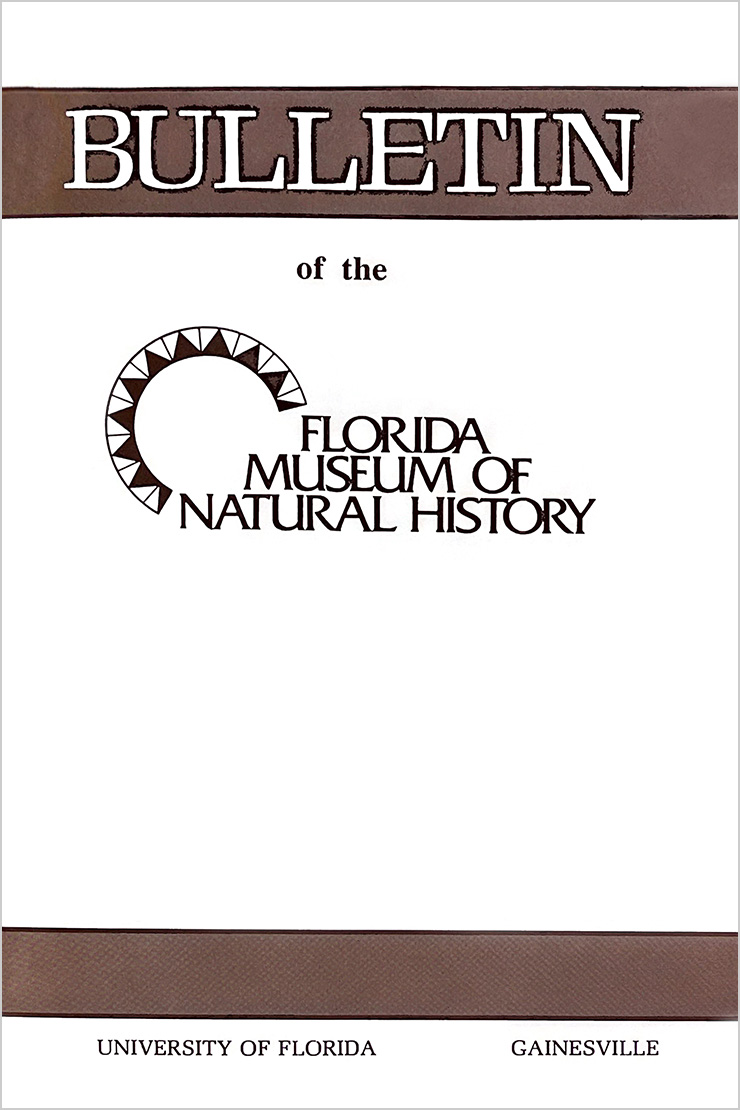Post-Miocene species of Latirus Montfort, 1810 (Mollusca: Fasciolariidae) of southern Florida, with a review of regional marine biostratigraphy
DOI:
https://doi.org/10.58782/flmnh.dwfw8403Keywords:
Gastropoda, Fasciolariidae, Latirus, Pliocene, Pleistocene, Florida, Caribbean BasinAbstract
Pliocene and Pleistocene marine deposits of southern Florida include the Tamiami, Caloosahatchee, Bermont, Ft. Thompson, and Coffee Mill Hammock formations. Eight species of Latirus from three of these deposits are described and illustrated. Lantirus (Latirus) nosali new species and L. (Polygona) miamiensis Petuch, 1986, occur in the middle Pliocene Pinecrest facies of the Tamiami Formation; L. (L .) stephensae new species, L. (P.) hypsipettus Dall, 1890 (synonym: L. tessellatus seminolensis M. Smith, 1936), and L . (P.) caloosahatchiensis new name for L . tessellatus Dall, 1890, non Récluz, 1844, nec Kobelt, 1874, occur in the late Pliocene Caloosahatchee Formation; and L. (L.) cariniferus (Lamarck, 1816), L. (P.) maxwelli Pilsbry , 1939, and L. (P.) jucundus McGinty, 1940, occur in the early Pleistocene Bennont Formation. No species of Latirus is known from the late Pleistocene Ft. Thompson or Coffee Mill Hammock formations. The Florida fossils are compared with 9 late Miocene to Pleistocene species from the Caribbean Basin and with 11 species in the Recent fauna of Florida and the Caribbean Sea. Of the four Recent species of Latirus that occur in Florida, only one also occurs in Florida Pleistocene deposits, but three, and possibly all four, are known as Pleistocene fossils in the Caribbean Basin.

